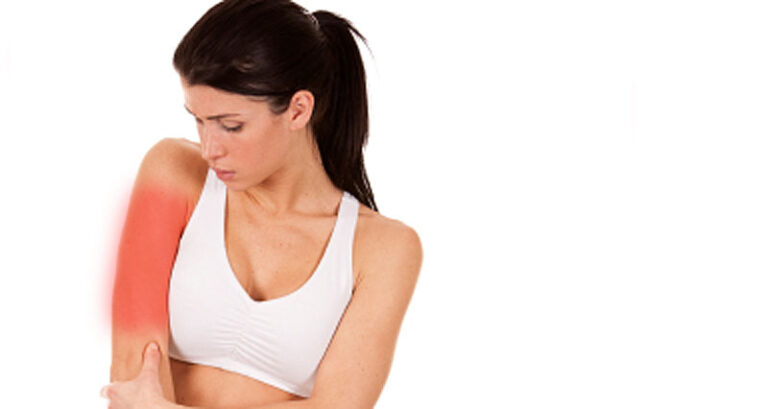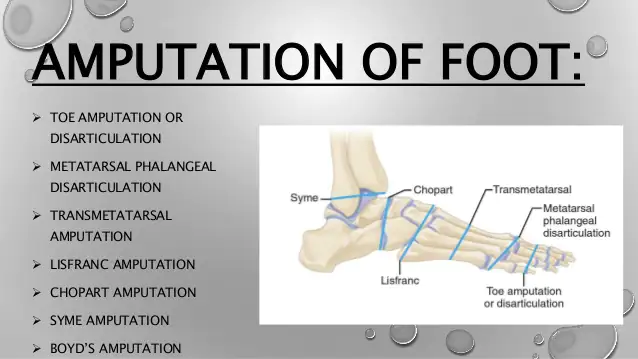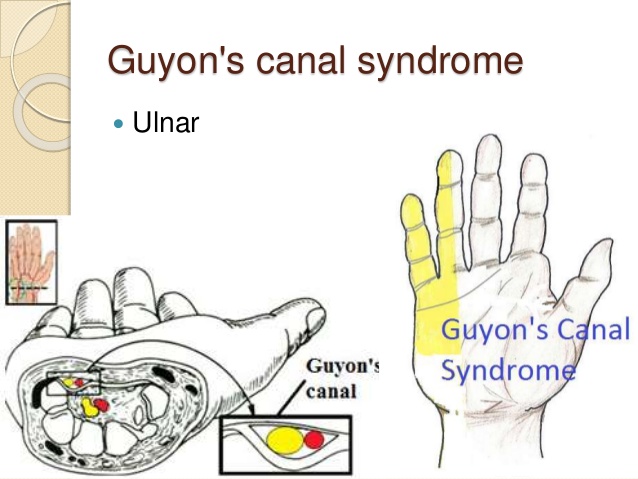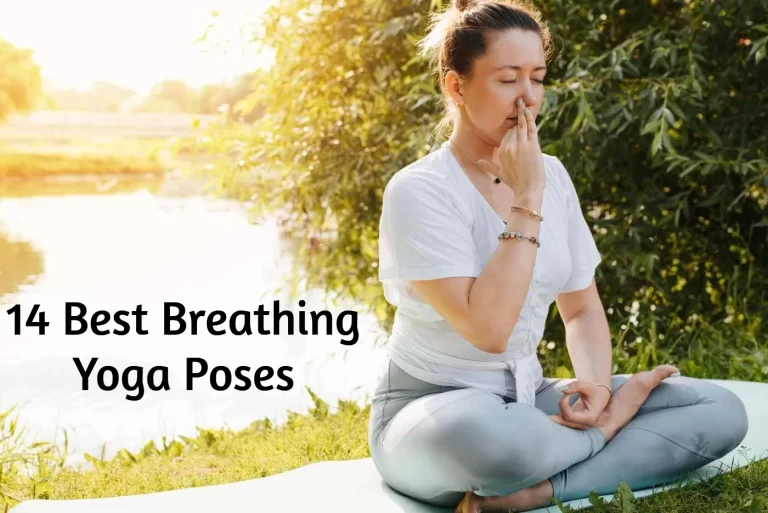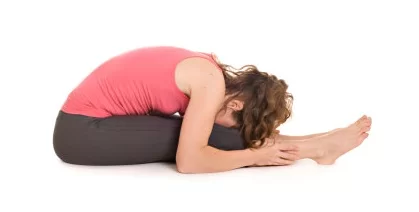Vriksasans
Vriksasans :
Vrikshasana or Tree Pose is an asana.

Description :
From Tadasana, weight is shifted to one leg, for example, starting with the left leg. The entire sole of the foot remains in contact with the floor. The right knee is bent and the right foot placed on the left inner thigh, or in half lotus position. In either foot placement, the hips should be open, with the right knee pointing towards the right, not forward. With the toes of the right foot pointing directly down, the left foot, center of the pelvis, shoulders and head are all vertically aligned. Hands are typically held above the head either pointed directly upwards and unclasped, or clasped together in anjali mudra.
The asana is typically held for 20 to 60 seconds to stretch the spine, returning to tadasana while exhaling, then repeating standing on the opposite leg.
Table of Contents
Vriksasans yoga video
Health Benefits of Vriksasans :
This asana improves:-
- balance.
- Poise.
- improve posture.
- concentration.
- increases the range of motion in the hips.
- deepens the thorax.
- strengthens the ankles.
- tones the muscles of the legs, back, and chest.
Anatomy :
Vrikshasana or tree pose is a wonderful pose that teaches balance while toning the muscles of the legs. This elegant pose is not as easy as it looks, but over time it builds tremendous inner and outer strength and a great feeling of accomplishment as you learn to balance on one leg.
Beginner’s tip :
Focus the gaze on a small specific point, known in yoga as a drishti. This is ideally something directly ahead that does not move. Engage the standing foot by lifting the arch and pressing down through the lateral edge. Check that weight is distributed through the ball of the large toe, the ball of the small toe, and the heel. Draw in the navel to improve core stability and posture. Faults include leaning to one side, twisting, pushing one hip out; bending or rotating the supporting knee outwards; looking downwards and lacking concentration.
Procedure :
a. Stand straight with the legs and feet together.
b. Fold the knee of one leg and place the sole of that leg on the medial portion of the other thigh.
c. The heel should be at the medial end of the fold, so that the knee comes on one side of the body and the leg makes a 90 degrees angle with the other leg. You may take the help of your hand for placing the leg in position.
d. Bring the hands together in Namaste position and stand still for few seconds.
e. Then slowly stretch the arms above the head and pull the shoulders up, keeping the hands together.
f. You can feel the stretch on both sides of the thoracic cavity.
g. Relax your abdominal muscles if there is any tension.
h. Keep the eyes steady at one point. Breathe slowly 3 to 5 times in this final position and then release slowly in a reverse order.
i. Repeat the asana on the other side.
Contraindications of Vriksasans
Those with high blood pressure should not lift their arms up, but keep their palms in Namaste at the center of the chest. For those who are frail or elderly, or have osteoporosis, inner ear conditions or balancing issues should take the pose with wall support for a shorter period of time. Those with fatigue should refrain from this pose.
Indications of Vriksasans:
a. Back problems.
b. Mild giddiness.
c. Shoulders and legs are weak.
d. Arthritis of joints of upper and lower extremities


